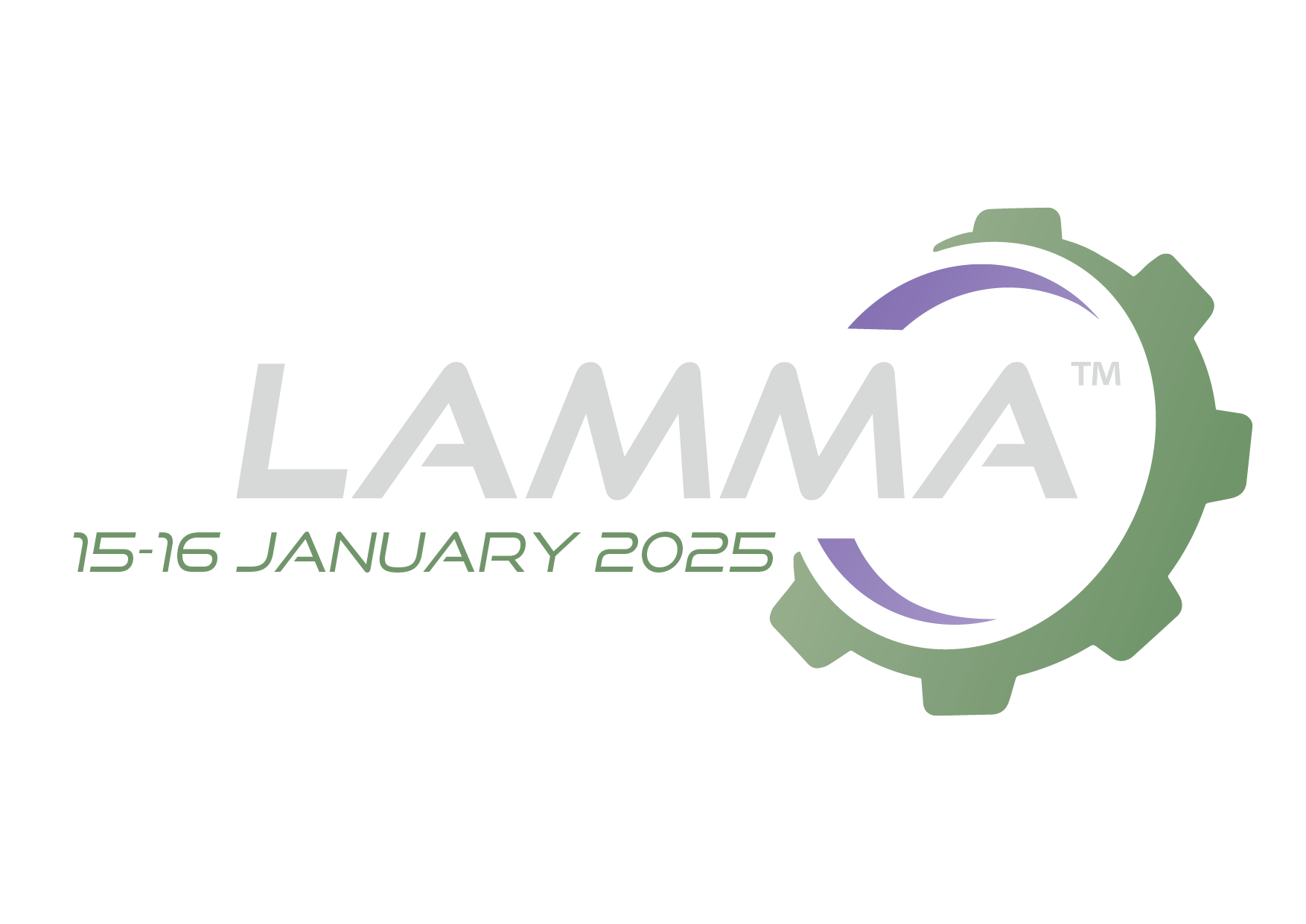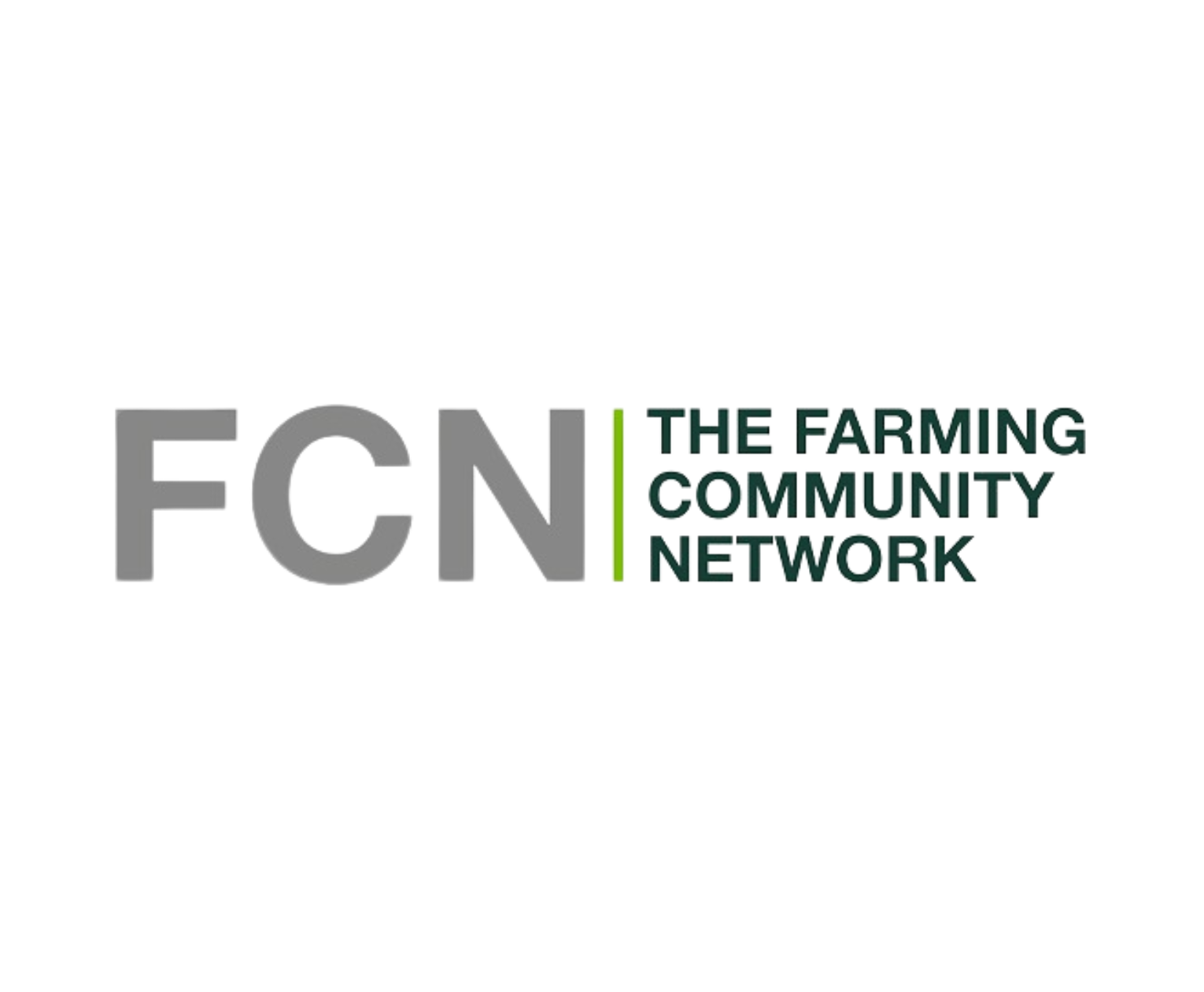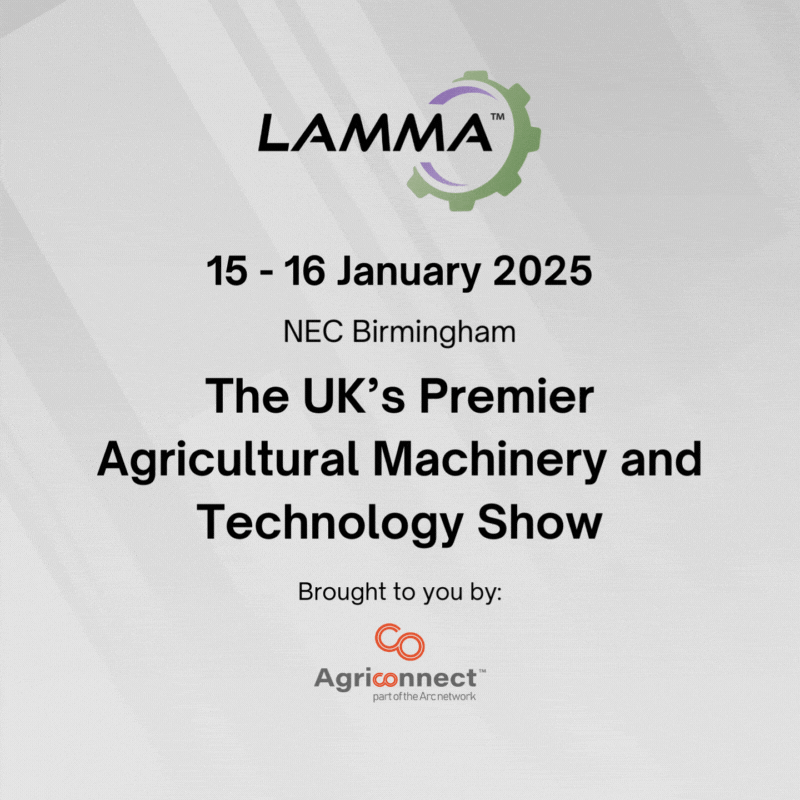What The Ideal TMR Looks Like, And How To Create It
)
On Googling ‘ration presentation’, the first search result stems all the way back to 2011 – a time-flying 12 years ago! It’s a Farmers Weekly article that in the first sentence references feed costs being ‘at an all-time high’.
Sounds familiar, right?
Something else that remains unchanged is the scientific fact that the rumen requires fibrous dry matter to operate effectively.
So, what has changed?
1. We’re growing better quality forage
Thanks to technological, mechanical, and biological advancements, we’re generally growing better quality grass - and preserving it better too! Overall, we have:
- Increased leaf content,
- Reduced fibre levels, and
- Are chopping it shorter.
As a result, the amount of straw incorporated in diets has increased. It’s not uncommon to see rations with half a kilo of straw per cow per day.
The increase in straw can help to improve cow rumen health and reduces the volume of silage in the diet; meaning silage stocks tend to go further.
That said, the weather changes and weather extremes we’ve encountered in some recent years has challenged grass growth. We’ve some customers growing more maize to mitigate and risk-spread.
2. We know more about rumen health
For some time, many nutritionists and feed specialists have promoted cutting fibrous dry matter (straw, hay and dryer silages) to the width of the animal’s muzzle to achieve the all-important ‘scratch factor’ in the rumen.
To recap, ‘scratch factor’ is achieved when fibre causes abrasion of the rumen wall to stimulate alkaline saliva production and rumination. This in turn promotes better digestion so that more feed input converts into milk or meat output.
Nowadays a cows’ requirement for dietary fibre must be assessed not by muzzle width, but rather by both particle size and chemical fibre content. This is known as physically effective neutral detergent fibre (peNDF).
Current research from the University of Wisconsin stipulates that a 5mm particle chop length is required to be a physically effective NPD. Any shorter, conversion of input to output will be compromised. Any longer, and intakes are commonly reduced.
This is only one aspect of the balancing act in and chop type. Fibre type and consistency also factor into feed conversion efficiency performance.
3. We’ve explored alternative feeding strategies
Opposing to the concept of ‘scratch factor’, is compact feeding or compact TMR’s. This is a Danish concept that some U.K. dairy farmers have tried from around 6 years ago.
Compact feeding creates a porridge-like pulp that is soft, mushy and near impossible for cows to sort.
It disregards anything to do with fibre structure, and rather focusses on the goal of getting intakes in quicker so that cows have more time to lie down and ruminate.
It seemed to do the job of increasing milk yield on many systems, however, didn’t come without the drawbacks. Unsurprisingly, it commonly caused acidosis and all the immediate and long term challenges that come with that condition.
More commonly seen in the U.K. today is ‘partial compact feeding’, known to be an effective feeding method of reducing sorting behaviour. By pre-soaking concentrates before adding feed and chopping forages, the fibre structure of the forage remains. Rations produced using this process should aim to be around 40-42 DM%.
In summary, feed remains one of our biggest cost pressures, however we’ve improved forage production and now better understand promotion of rumen health and function.
How to create the optimum TMR
Given the fact that the average dairy herd is over 200-head strong, farms feeding unprocessed rations (i.e., straight clamp silage) are few and far between. We’re now also seeing out-and-out grazing systems embrace TMR buffer feeding to help balance and stretch out the grass; a trend catalysed by last year’s poor grass growing season.
All this considered, this blog focusses on how to create total mixed rations that maximise production from home grown forages.
We know that the physical presentation of a ration directly impacts on dry matter intake and rumen function, and we know that different diet feeders create very different physical presentation results.
When it comes to choosing a diet feeder – there is no right or wrong choice. Whether you should choose a horizontal paddle or a vertical auger tub depends on many different factors. Factors including farm layout, business goals, base products, and feeding operators.
The physical property of the rations produced by the two different diet feeding machines are very different. A horizontal mixed ration is typically more open and airier than that of a vertical auger which tends to be denser.
The KEENAN MechFiber uses a soft tumbling action and precise blade configuration to protect peNDF whilst chopping the fibres into precise lengths that will offer that all-important ‘scratch factor’ in the rumen.
The latest MechFiber+ range boasts an increased angle on the paddles, rounded castelations, and a new blade configuration for a faster tumbling action and further optimised ration presentation.
In any case, the number one priority is consistency. In the first part, consistency of peNDF. In the second, how consistently we can keep that mix the same for every cow, every day.
InTouch-reported feeding data detailed in the table below shows that farmers moving the KEENAN system complete with InTouch typically see a 0.13 increase in feed efficiency. This sounds a small improvement, but that margin gain can stack up to thousands of pounds every year.
InTouch is the advanced feed management system from Alltech and KEENAN that keeps farmers connected with and in control of feed conversion efficiency, margin from feed, and all-round farm sustainability. The InTouch toolkit, made up of a control unit, a mobile App, and an online dashboard, puts precision feed management at the farmers’ fingertips. This is all driven and supported by a specialist on-farm and remote team missioned to work with farm teams to improve feeding accuracy and optimise TMR performance.
Signs your TMR could be better
Even a brand new machine when not used correctly won’t offer you the best mix possible. Here’s the top 5 signs that your ration has room for improvement:
- Fibres in the TMR are unevenly chopped and too long or short,
- Manure is either too loose or solid and contains visibly undigested food,
- Cows are swishing their tails, are not cudding and not lying down,
- There are fibrous leftovers when the TMR has been eaten up, or
- FCE is below 1.5,
And here are 5 of the most likely causes for concern:
- Inaccurate under or overloading,
- Blunt or missing blades,
- Suboptimal machine configuration,
- Incorrect loading order, or
Insufficient mixing between ingredients.



.png)
.png)

